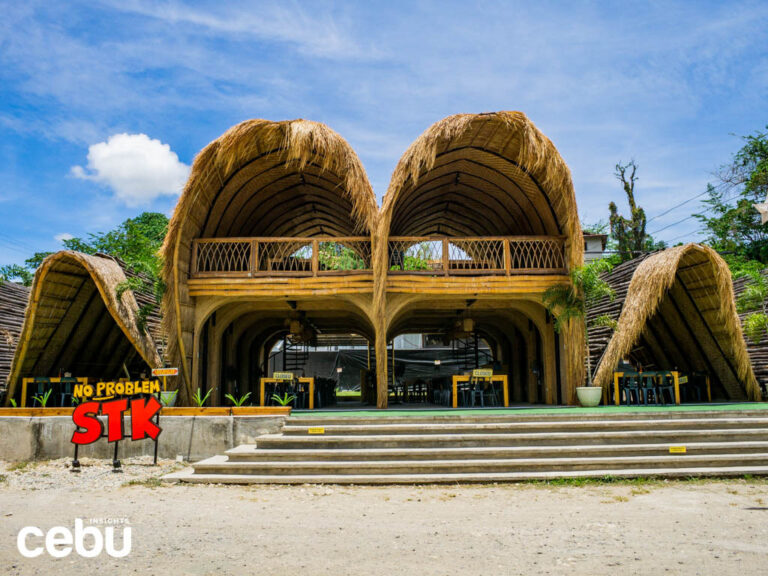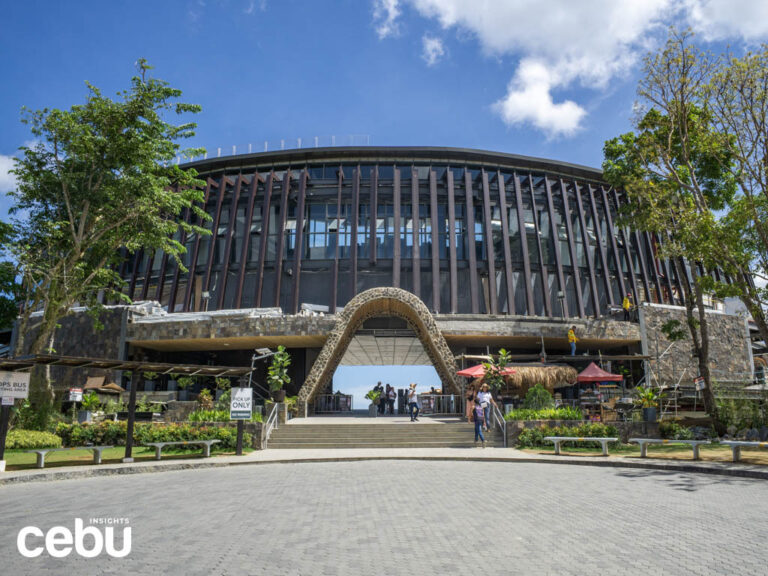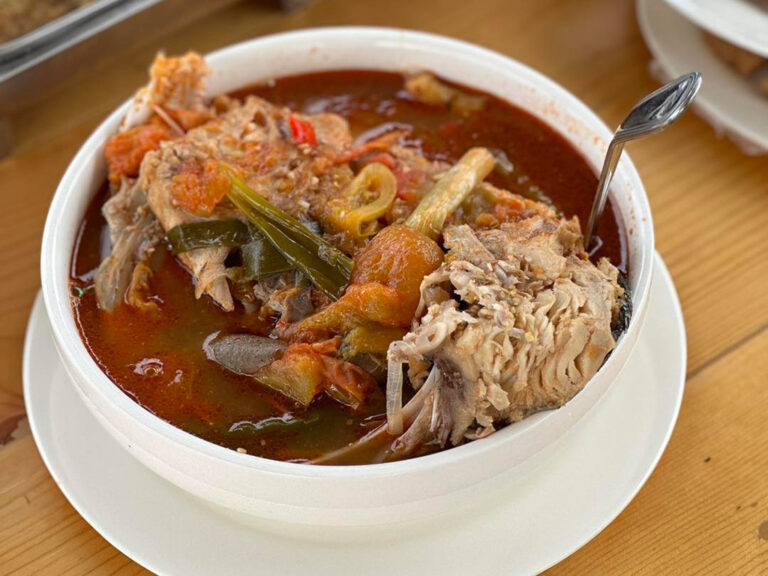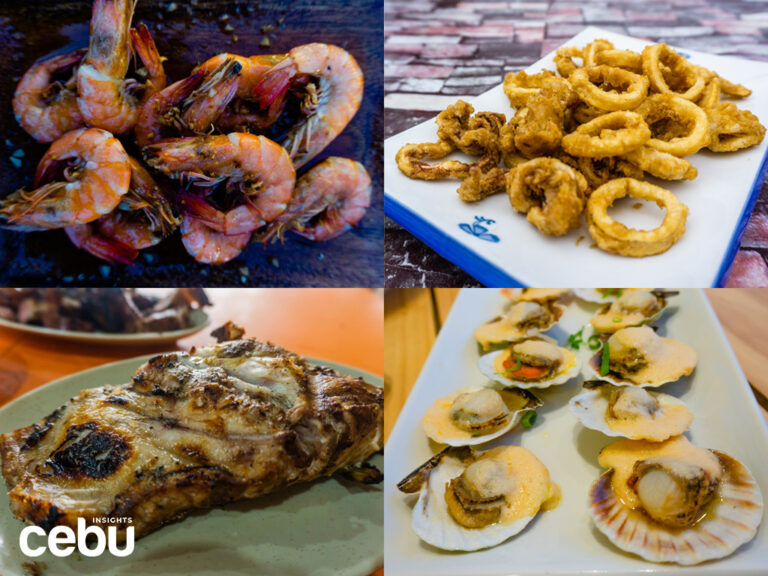Learn about the history of Arnis in the Philippines and its contribution to Filipino Martial Arts.
A little over a decade ago, Arnis was proclaimed the national sport of the Philippines.
Sparring partners use wooden sticks to strike, parry, and defend against their opponents.
Also known as Kali or Escrima abroad, it is highly regarded as one of the best forms of self defense due to its practicality and versatility.
This martial art is considered a very effective form of self-defense.
An article by Black Belt Mag states that Filipino martial arts complement any kind of martial art, and that it covers all the different ranges in a fight – from long-range kicks to close-quarter grabs.
Stick fighting may seem silly, but the sticks are basically an extension of the arms, and mastering them is a starting point to learn advanced forms of weaponry, like short blades and swords.
The fighting style is known to have been inspired by the Indians and the Malaysians, but did you know that Arnis is integral to Cebuano culture?
LapuLapu and his men are said to be the first practitioners of Filipino Martial Arts.
LAPULAPU: THE GODFATHER OF ARNIS
Many historians believe that Arnis was used by the Cebuanos during the Battle of Mactan.
Led by the local chieftain, Datu Lapulapu, Cebuanos fought against heavy artillery from the Spaniards led by Portuguese explorer Ferdinand Magellan, using improvised weaponry, like blades, spears, and bows and arrows.
This early form of sword fighting is said to be a demonstration of Arnis, which means that martial arts has been around way before the Spanish Colonization.
This has made Lapulapu one of the forefathers of Arnis, especially when he dismantled Magellan and his men despite being met with guns and cannons.
The chieftain and his men cemented themselves in history with a monument at the Mactan Plaza.
Doce Pares accumulated 12 of the most popular fighting styles in the history of Arnis.
ARNIS IN CEBU
Cebu has produced countless legends and fighting styles in the Filipino martial arts community.
One of the most famous Arnis fighting systems is called the Doce Pares, which started with 12 Arnis instructors from Cebu, each teaching their own style to students since the 1930s.
This multi-style system is widely taught in most Arnis schools in the city and presented in different countries worldwide.
Many students are dedicated to learning Filipino martial arts.
The name of the system was adopted by the moniker used by the 12 bodyguards of Emperor Charlemagne of France, and as a reference to the first 12 teachers that started the movement.
These fighting styles are still being taught today at the main headquarters at Sto. Niño Village in Barangay Banilad.
Aside from learning self defense, enrollees of this martial arts school aim to gain scholarships as student athletes for prestigious high schools and hope to represent the country in the Southeast Asian Games.
WORLDWIDE RECOGNITION
The functionality of Arnis has made it a world-renowned martial art practiced by many fighters.
Since the stick serves as an extension of the arm, it substitutes any striking weapon. Practitioners learn how to hit, block, and counter attack using the sticks before advancing to the more complex hand-to-hand techniques.
Arnis can be used to disarm weapons using sticks as an extension of the arms.
Unlike other martial arts such as Karate and Kung Fu, Arnis is more realistic. Strikes are understated but straightforward, lessening the chances of failure during a real fight.
The full combat version of the sport is fast and impactful, with wide strikes and parries that come with blinding speed. It is even used by the US Special Forces.
ARNIS IN MEDIA
There are several demonstrations of Filipino martial arts in movies, TV shows, comic books, and video games.
One of the first Hollywood movies to use Arnis (more commonly known in western countries as Escrima or Kali) is the Jason Bourne franchise, which features Matt Damon’s character using everyday items like a ballpen, face towel, and magazine to fend off attackers.
In one of Bruce Lee’s final films, “Game of Death,” Arnis legend Dan Inosanto was featured using the Escrima sticks against Lee.
Inosanto later on trained Denzel Washington when he played the machete-wielding warrior Eli in “The Book of Eli.”
Even comic book characters like Daredevil and Nightwing are known for using Escrima sticks as their personal form of weaponry.
Cebu has been referred to as the Arnis capital of the world due to its rich history on the island dating back to the pre-colonial era.
Many martial arts enthusiasts fly to Cebu just to learn from the best Filipino martial arts instructors in the world. This effective self-defense system is indeed a very important part of Cebuano culture.










